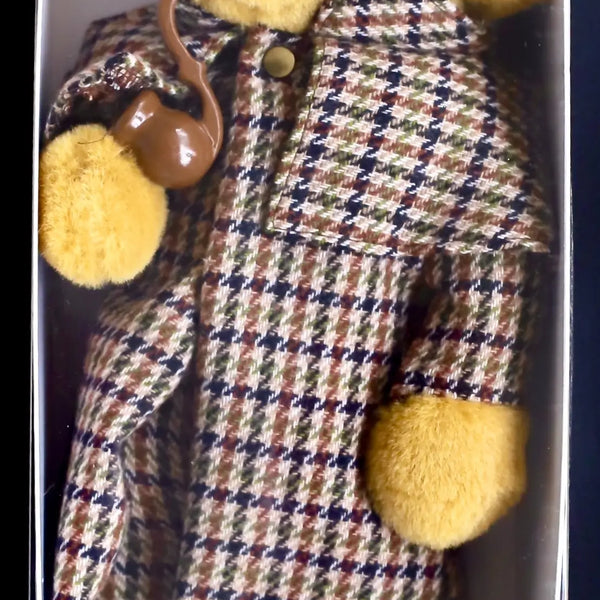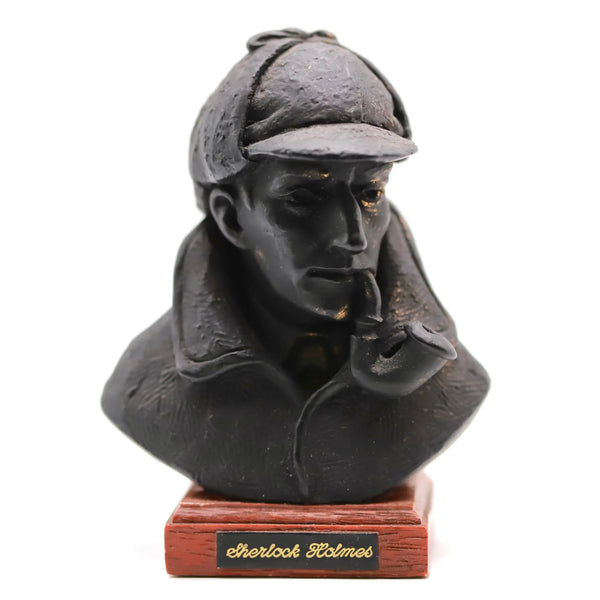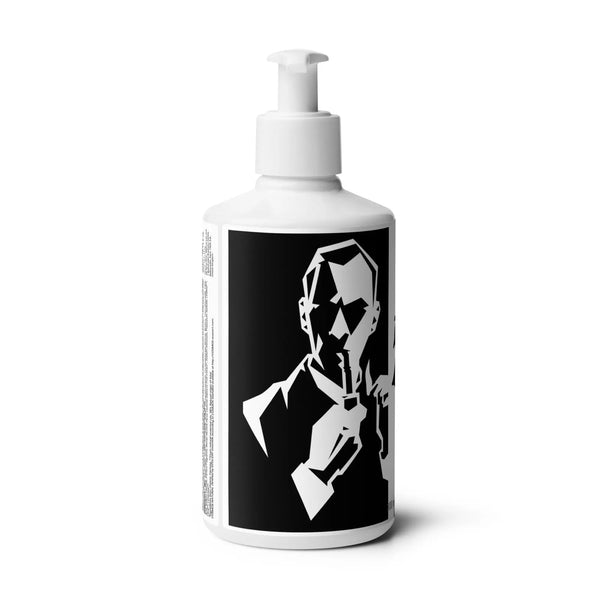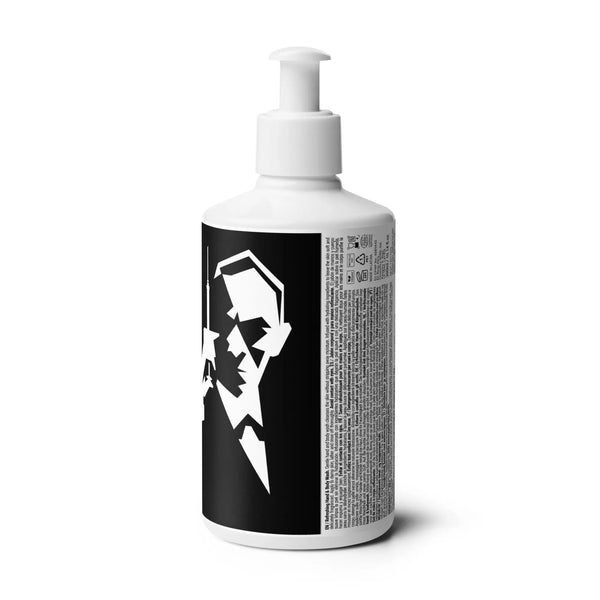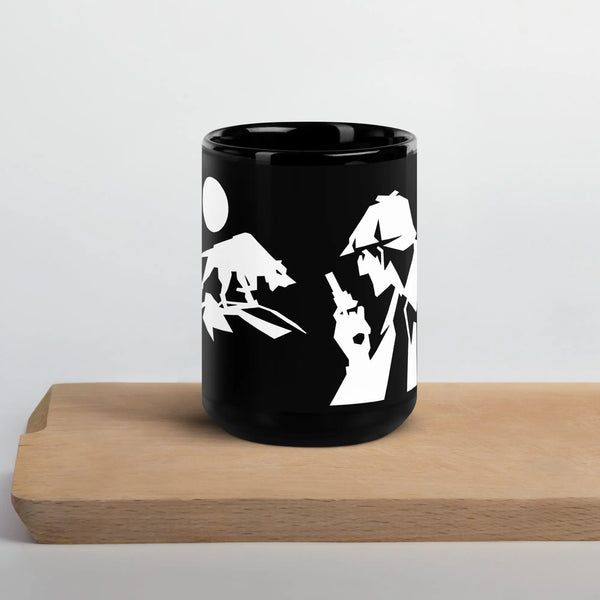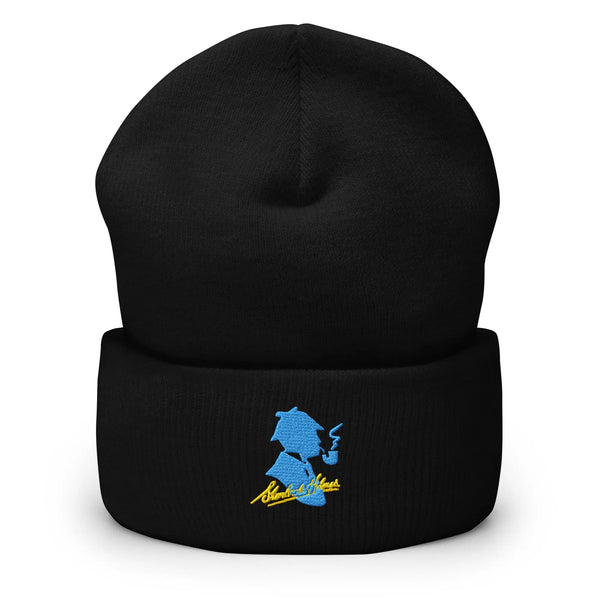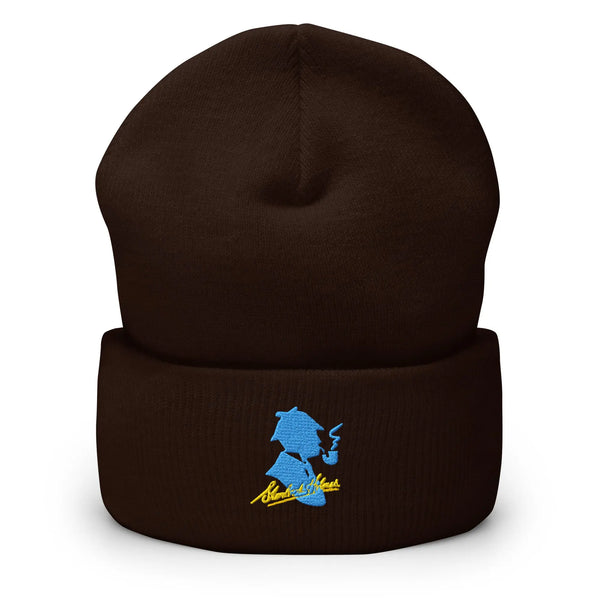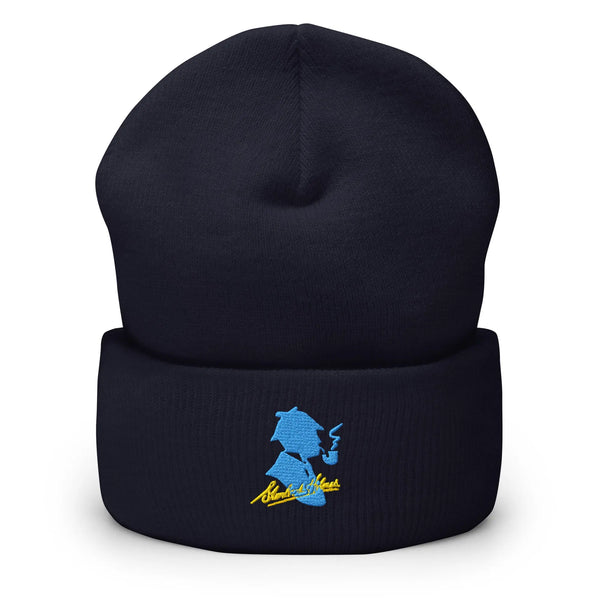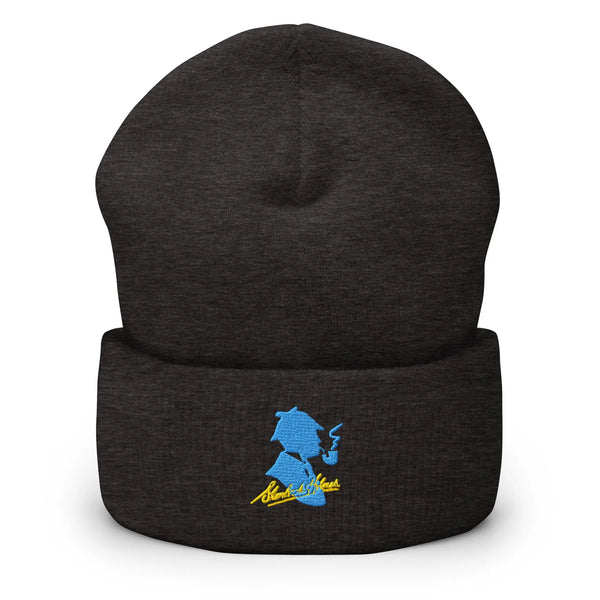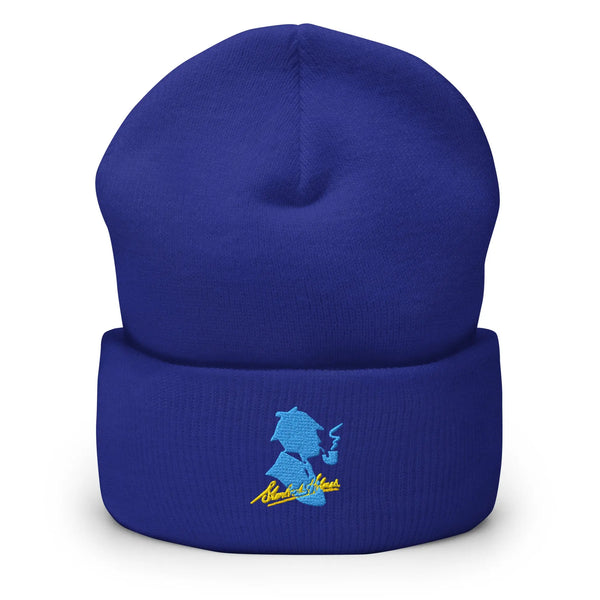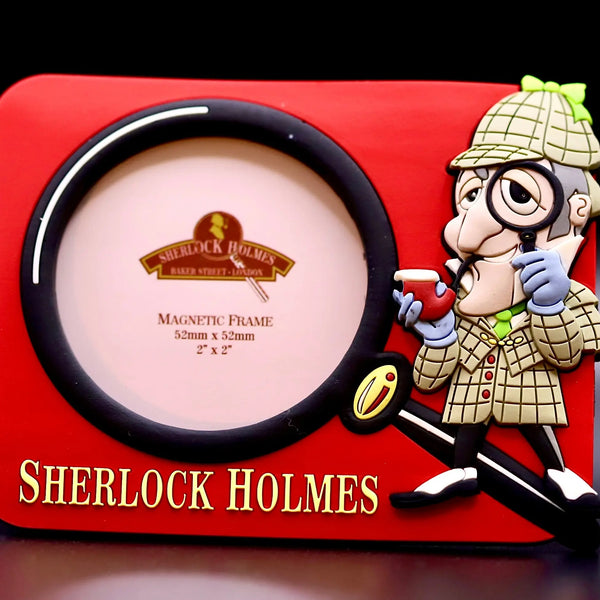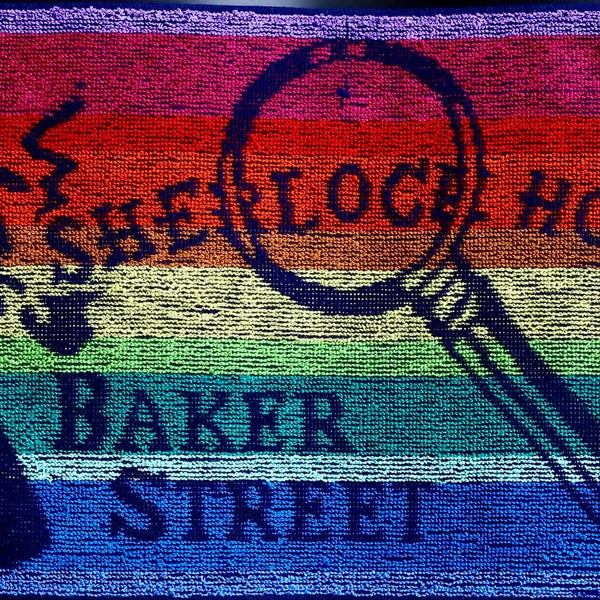Sir Arthur Ignatius Conan Doyle was a British writer and prolific writer, renowned for his extensive body of work spanning crime fiction, fantasy, science fiction, and more. He created Sherlock Holmes, the quintessential consulting detective and fictional detective, whose thrilling adventures set in London are filled with mystery, excitement, and adventure.
The Creator of the Great Detective
Sir Arthur Conan Doyle, born Arthur Ignatius Conan Doyle in 1859, is best known for creating the legendary detective Sherlock Holmes. The character Sherlock Holmes became an icon of crime fiction, and over fifty stories feature Holmes as the central figure, cementing his place in literary history. Though a physician by training, Conan Doyle made an indelible mark on literature with a fictional character who revolutionized crime fiction. Holmes, the master of deduction and logic, first appeared in 1887’s A Study in Scarlet, a novella that would launch a global phenomenon.
From Medicine to Mystery
Though he studied medicine at the University of Edinburgh, it was Doyle’s fascination with deductive reasoning—inspired by his professor Dr. Joseph Bell—that eventually shaped Holmes’ character. Holmes emerged as the archetypal scientific detective, using scientific observation, deduction, and evidence-based reasoning to solve crimes. The blend of science, psychology, and observation in Holmes’s adventures mirrored Conan Doyle’s own analytic mindset. Yet, it wasn’t just method that drew readers; it was Holmes’ cool brilliance, his violin playing, his partnership with his loyal companion John Watson, and his residence at 221B Baker Street that captivated fans.
The Sherlock Holmes Stories
Conan Doyle’s contributions to detective fiction are unmatched. He wrote four novels and fifty six short stories featuring Holmes, which are collected in various Sherlock Holmes books. These detective stories were often published in Strand Magazine, with iconic illustrations by Sidney Paget. From the fog-draped mystery of The Hound of the Baskervilles to the criminal underworld explored in The Valley of Fear, Doyle crafted an enduring literary universe.
Key story collections include:
-
The Adventures of Sherlock Holmes (1892)
-
The Memoirs of Sherlock Holmes (1894)
-
The Return of Sherlock Holmes (1905)
-
His Last Bow (1917)
-
The Case-Book of Sherlock Holmes (1927)
Notable cases from these collections include classic detective stories such as 'The Five Orange Pips', which features the mysterious orange pips as a symbol of danger, and 'The Man with the Twisted Lip', a unique and intriguing case that highlights Holmes's deductive prowess.
Each collection offers intricate tales involving burglary, forgery, mistaken identities, and elaborate revenge—all solved by the coolly methodical Holmes.
Beyond Holmes, Doyle's early short stories, such as 'J. Habakuk Jephson's Statement', contributed to the popularity of maritime mysteries like the Mary Celeste, further cementing his legacy in crime and mystery fiction.
Fame, Frustration, and Legacy
Despite Holmes’ popularity, Conan Doyle often felt constrained by the character’s success. He famously killed Holmes off at the Reichenbach Falls in “The Final Problem,” only to resurrect him years later due to public outcry. Still, Doyle’s literary ambitions extended beyond Baker Street. He wrote historical novels, science fiction stories, and even dabbled in spiritualism later in life. Doyle also produced non-fiction works and humorous stories, such as those featuring Brigadier Gerard, showcasing his versatility as a prolific writer. He became involved in real-life criminal cases, notably advocating for justice in the Oscar Slater and George Edalji cases. In later Holmes stories, the detective is called upon to assist the government during the world war, reflecting the character's enduring relevance.
Louisa's death in 1906 marked a turning point in Doyle's personal life, after which he married Jean Leckie. Conan Doyle died in 1930, leaving behind a significant literary legacy. His fascination with spiritualism was further demonstrated by his support of the Cottingley Fairies photographs, taken by Frances Griffiths and Elsie Wright, which he believed to be genuine evidence of the supernatural.
Yet, his name remains most deeply tied to the detective who could identify 140 types of tobacco ash and solve crimes with a magnifying glass and a piercing gaze.
Beyond the Page
Conan Doyle's impact isn't limited to books. His creation has lived on in films, plays, TV series, and games. Performers like Basil Rathbone and Jeremy Brett shaped Holmes on screen, while adaptations like Enola Holmes and Sherlock Holmes 3 carry the legacy forward. Today, the Sherlock Holmes Society and countless fans around the world keep the spirit of Doyle's work alive.
Frequently Asked Questions
What are Arthur Conan Doyle's most famous works?
While best known for the Sherlock Holmes stories, Conan Doyle also wrote historical novels like The White Company, and science fiction such as The Lost World. He also produced non-fiction works and humorous stories, including those featuring the Napoleonic soldier Brigadier Gerard.
How many Sherlock Holmes books did Conan Doyle write?
He wrote four novels and fifty six short stories featuring Sherlock Holmes, which together form the core Sherlock Holmes books.
Who inspired the character of Sherlock Holmes?
Doyle based Holmes on his medical school professor Dr. Joseph Bell, known for his observational diagnostic skills.
When did Arthur Conan Doyle die?
Sir Arthur Conan Doyle passed away in 1930, but his legacy endures through his writing.
What is Doyle's connection to spiritualism?
In his later years, Conan Doyle became a vocal advocate for spiritualism and life after death, believing strongly in the paranormal. He notably supported the Cottingley Fairies photographs, taken by Frances Griffiths and Elsie Wright, as genuine evidence of supernatural phenomena.
Did Conan Doyle regret creating Sherlock Holmes?
At times, yes. He once called Holmes a "lower stratum of literary achievement" and tried to move on, but the public's love for the detective kept pulling him back.
What is the first Sherlock Holmes story?
A Study in Scarlet (1887) was the debut of Sherlock Holmes and Dr. Watson. Another significant first story in the Holmes canon is "A Scandal in Bohemia," which features Holmes resolving a diplomatic scandal involving Irene Adler and the King of Bohemia.
Is Sherlock Holmes based on a real person?
Holmes is fictional, but heavily inspired by Dr. Joseph Bell and the early roots of forensic science.








